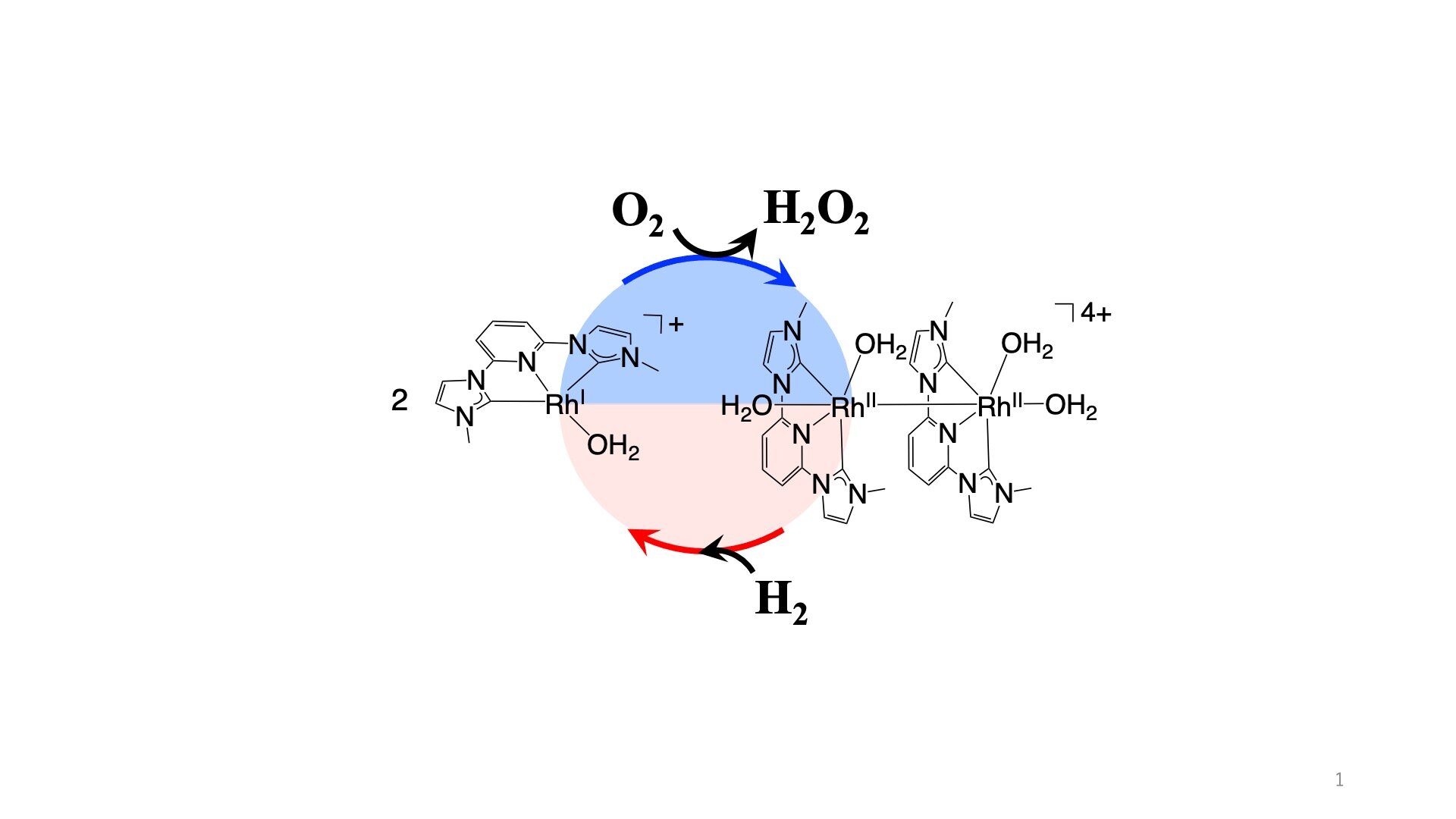Oldies here will remember a now-extinct creature called the Scientific Civil Service. Born in the Great War, the notion was that only
Applied Research could/should be done in risk-financed industry;
Pure Research (so many dead-ends) was for the public purse: all especially so in Munitions, the
merchants of death issue. So, all those Defence Research Establishments. Aero-nuts know of RAE, NGTE, RPE, RRE...but War Office for the Army and Admiralty for the RN Scientific Service had their lairs. Inc (by 1959) Adm'y Underwater Weapons Est/Portland.
We now have only DSTL, inc the CBW labs at Porton Down. All other Research with Defence potential is overhead in businesses.
One reason for that was Public Sector pensions, which made the lifetime cost of a public scientist...quite grotesque. Maybe linked to that was...no sense of urgency. Decisive for RN SS was a culture of disdain, even remoteness from reality: the
Official Historian of UK WW2 Weapons Development:
failures, “grave and continuous”; 1942’s hopes: “were soon belied...shortcomings
(the) story of the fleet fighter
(turret, 2-seat Roc) is even more melancholy”
Postan,Quality,P172;Weapons,P135.
So, imbibe some
Prime and start to read the torpedo bits of
Prof Hennessy's Silent Deep. More Prime, pls. "rotten, horror..." I can't go on. Suffice to say RNSS prejudiced
Defence of the Realm. Early RN SSN/SSBNs for self-defence carried a dumb torp, origin 1928, such was the inadequacy of UK homing work. 1SL/CDS
Mountbatten gets credit for extracting much nuclear reactor help from USN Adm
Rickover: no-one has noticed his acquiescence in dismantling RNSS
.
No Scientist appears to have pondered how raw conscripts could handle HTP - sub crew were (nominal) volunteers, but not in the Depots.
(
Blue Steel/RAF, ditto).


